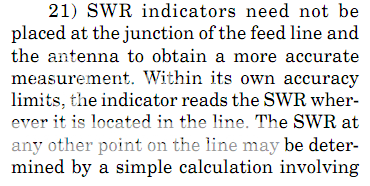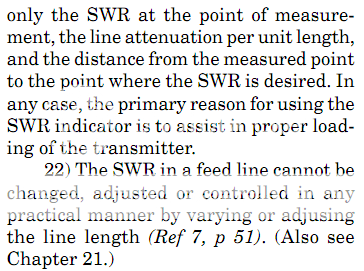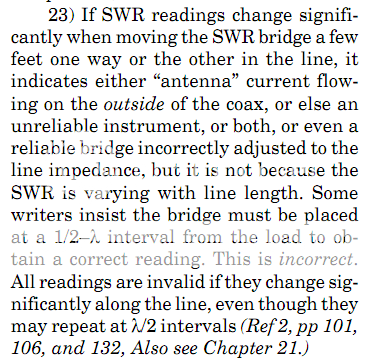hookedon6,
the sharp kink can ... a time domain reflectometer can highlight the issue and tell you where the kink is along the line.
i agree 100%, the bend can change the distance (actually resistance) between the conductor and the shield,....
many people don't really think of coax as a capacitor, but it does have certain properties that are similar,.... two conductors isolated from each other by an insulator. change the resistance and,.........







